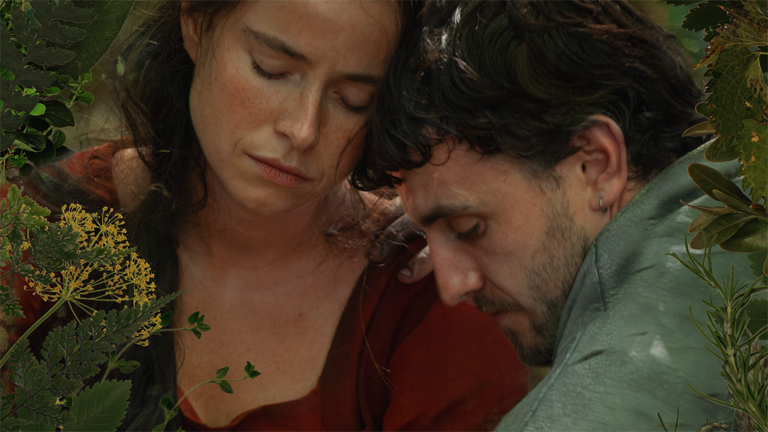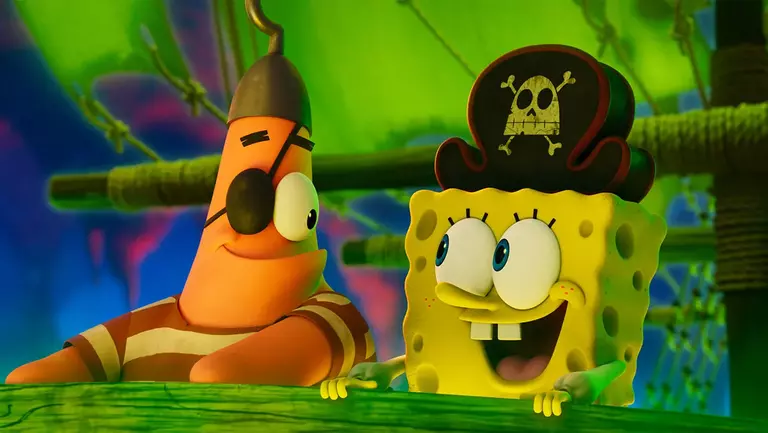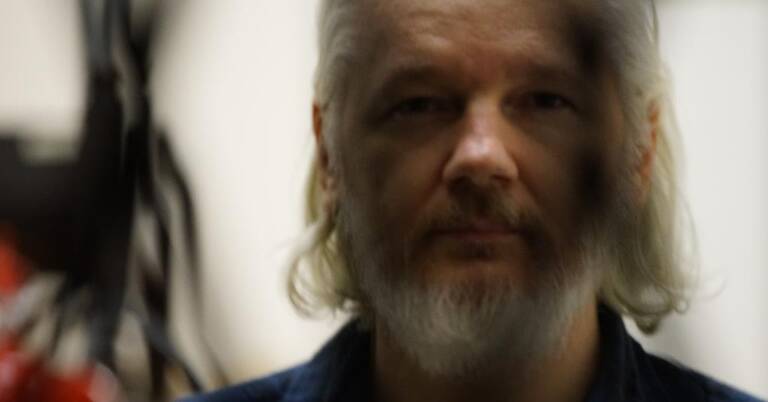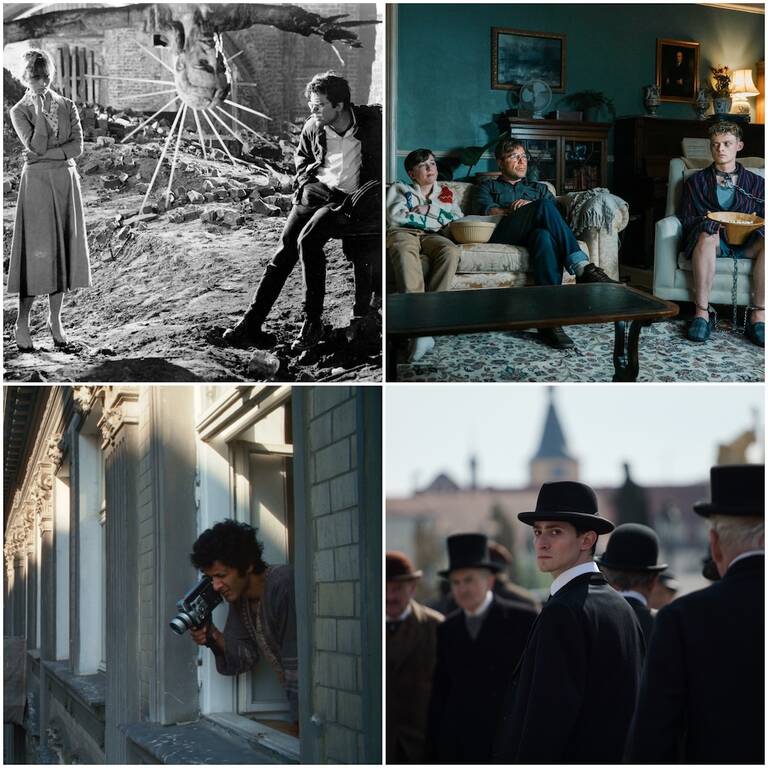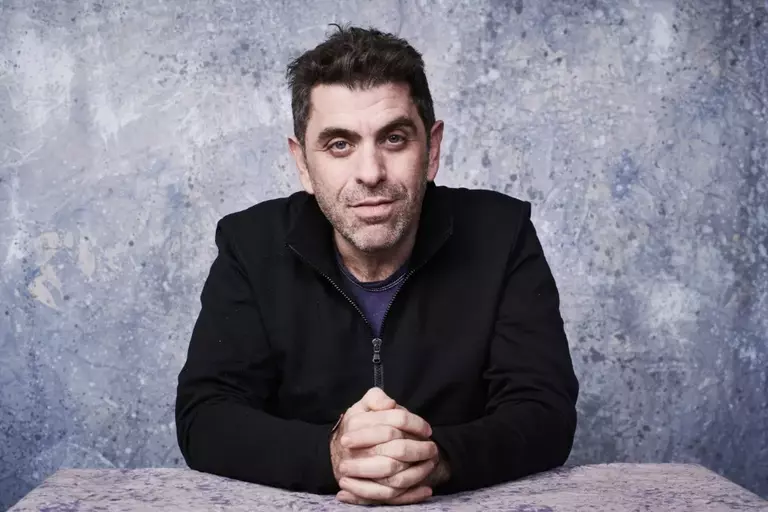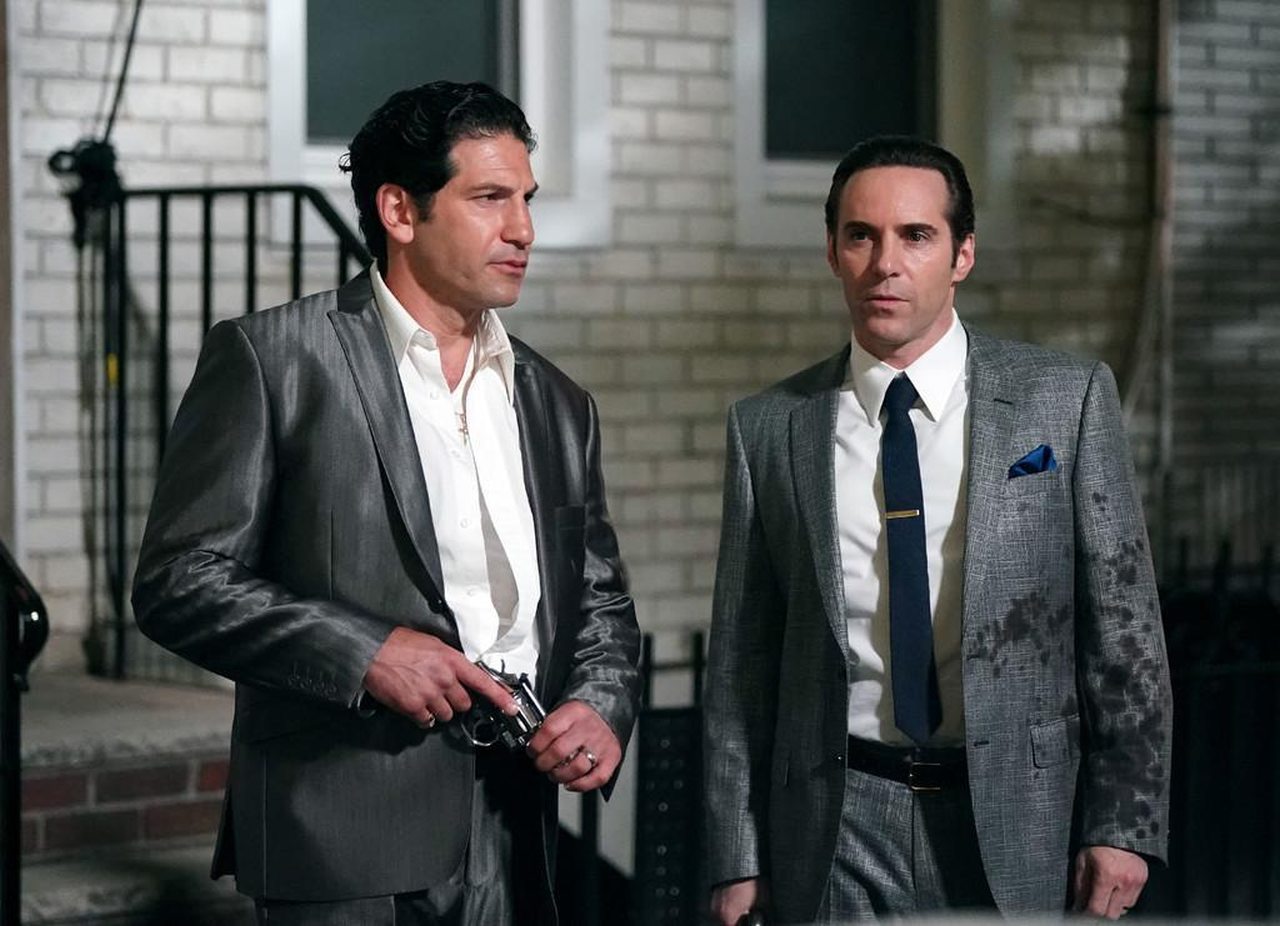
Cast: Alessandro Nivola, Ray Liotta, Vera Farmigia, Michael Gandolfini
Review by Carol Allen
This film though is about what makes a man become a gangster, in this case the wildly popular and deeply disturbed Tony Soprano, as played by the late James Gandolfini in the tv series, which ran from 1999 – 2007 Sopranos’ creator David Chase delves into the events of Tony’s childhood, which shaped the man he grew up to be.
The strongest influence in Tony’s life, particularly after his father (Jon Bernthal) goes to jail, is his adored favourite uncle Dickie (Nivola), one of the most active in the family business. Beneath his charming and urbanely attractive exterior however lurks a ruthless and uncontrollable violence.
The early part of the film is dominated by Ray Liotta as Dicky’s father, “Hollywood Dick” Moltisanti, who returns from Italy with a beautiful young bride Giuseppina (Michela De Rossi), who is young enough to be his daughter. He’s a really nasty piece of work – coarse and domineering. Once gone, his impact is not forgotten by Dickie, who strives to see himself as a good and loving man, despite the way he earns his pasta.
Rival for control of the rackets is Dicky’s former friend Harald (Leslie Odom Jr.), who after the Newark race riots of 1967, chillingly recreated here, sets up his own operation.
While fans of the Sopranos series will remember Tony’s mother, the formidable Llvia, played in her younger days here by Vera Farmigia, as a mouthy mum always on the verge of a nervous breakdown.
Tony himself, played as a rather podgy child by William Ludwig, doesn’t have a huge part to play in the early part of the film. But when we move to his teenage years in the early seventies, the role is taken up by Michael Gandolfini, the late actor’s son. Physically he is a younger version of his father and although he was a child when the tv series was made, he has obviously studied the role with an intelligence that shows us the man who was to emerge from the boy.
Inevitably the film is unpleasantly violent at times. A scene where a man is tortured with an industrial electric drill in his mouth is one to note. Others are scenes where Dicky’s inner violence bursts shockingly out of control.
Director Alan Taylor also does a good job of re-creating the atmosphere and visual details of the period.
It must have been an interesting exercise for Chase to delve into the back story of a character he created over twenty years ago. And fans of the series will be intrigued to see characters, particularly Dickie himself, who were talked of in the series as long deceased, now brought to cinematic life. Though if you never saw the series or can’t remember it very well, the film still stands alone, in that rather than telling everything from young Tony’s point of view, the story is multi stranded, painting as it does on the wider canvas of the events that happened around him in his youth

